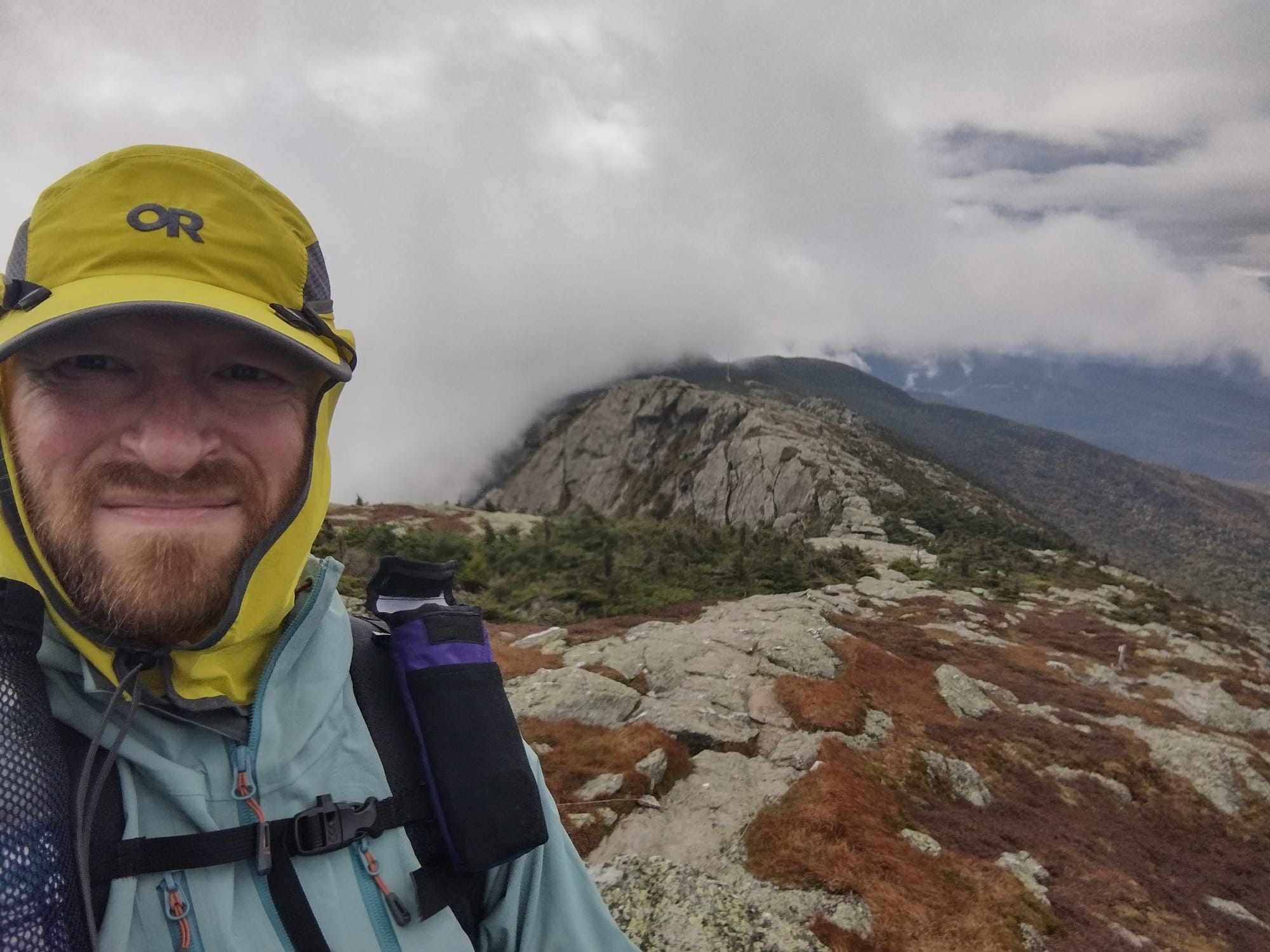Memories
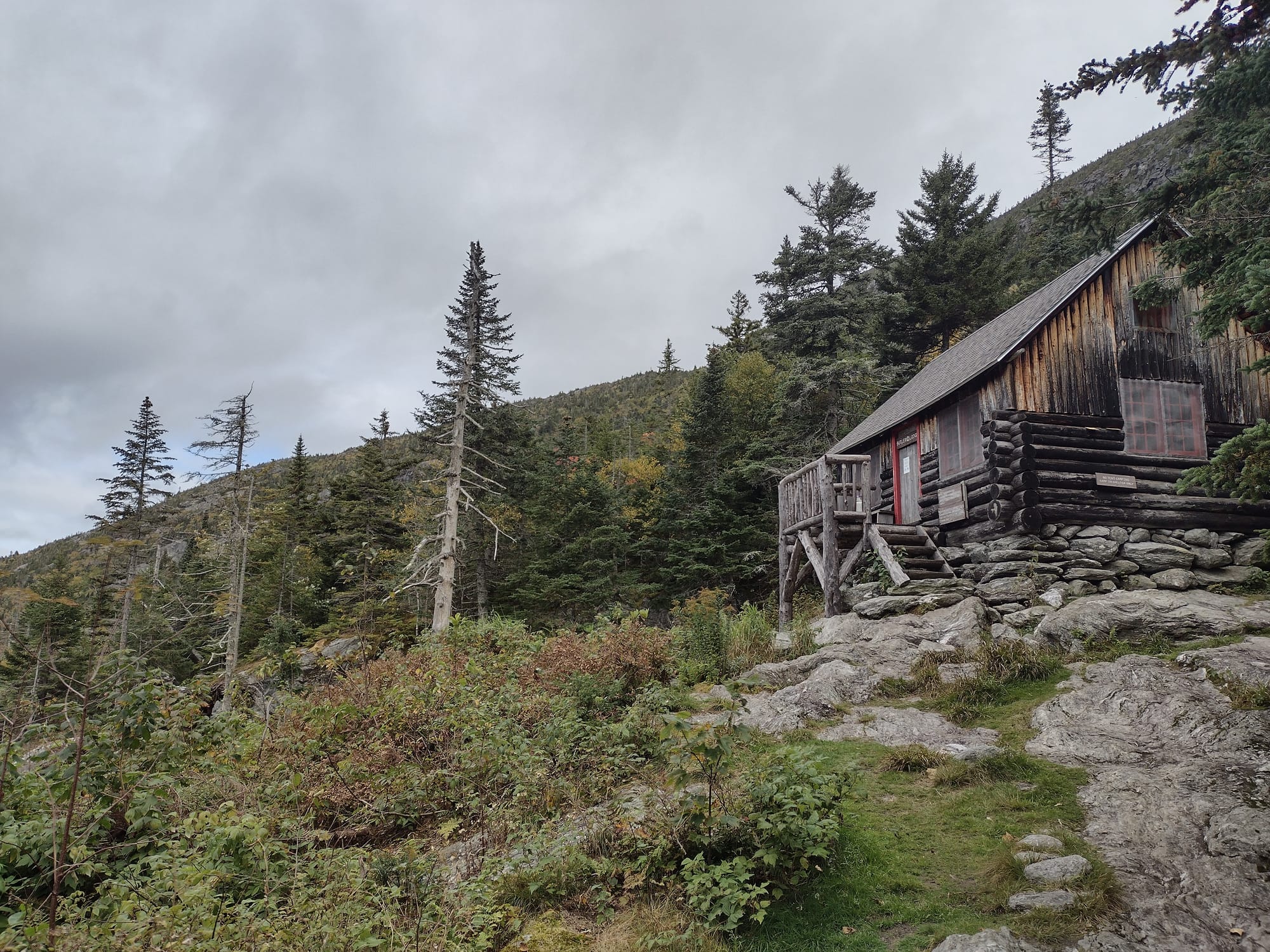
Someone on Reddit recently asked for suggestions for a 4-5 day backpacking trip within a 5 hour drive radius of Montreal. While there are a plethora of possibilities, I recommended the stretch of Vermont's Long Trail from Interstate 89 in Bolton to Route 15 in Johnson. This is the section of the Long Trail closest to where I grew up, and I've done it multiple times. It contains some of the best bits on the LT.
The Long Trail is the oldest long-distance hiking trail in the US. It was conceived of 116 years ago, started on 113 years ago, and completed 95 years ago. It's old school. As the legend goes, it was on top of the fire tower at the summit of Glastenbury Mountain in southern Vermont in 1923 that the idea of a similar trail, but of a grander scale, was conceived. The Long Trail is the Appalachian Trail's daddy. It's the OG of long distance trails. Walking it is taking a step back in history.
The reddit exchange led to a different redditor posting this link to a page that the Burlington Section of the Green Mountain Club maintains on the history of shelters, lodges, and cabins on the LT. I found that page fascinating as it contains writeups and historical photographs (whenever possible) of every generation of shelter, showing how they have changed over the years. Some shelters appear exactly as I remember, while others have been replaced - sometimes more than once. I was especially delighted to see a picture of one particular shelter (Governor Clement) shown in an empty field. I remember it surrounded by trees! Anyway, one of the reoccurring themes in the annuls of shelter history is how often camps/shelters were replaced because they burned down. This spurned recollection of my own experience, which I will share with you below.
Mount Mansfield is the dominant part of the skyline in Essex, the town I grew up in. It's Vermont's tallest mountain, and has quite a history. Long ago there was a hotel near its summit, accessed via a road that still exists. Straight line the summit is only 10 miles away from my house. Mansfield has built upon it two of the Green Mountain Club's most iconic shelters: Taft Lodge, built in 1920, is the oldest shelter on the trail. It adorns the northern shoulder, on the Stowe side. And Butler Lodge, built in 1933, adorns the southern shoulder on the Underhill side. It should be no surprise that climbing Mansfield would be a frequent/favorite activity for Boy Scout troops like mine.

One December Saturday in the mid 1980s my Scout Troop hiked up to stay the night at Butler Lodge. I recall that there was snow on the ground, but it wasn't too bad. There were probably about a dozen of us total, including adults. It was a cozy night - the camp's wood stove keeping us plenty warm. It gets dark early in December in Vermont. It's dusk by 4:30, and dark by 5:00. As such, there was much socializing, hanging out, and playing cards on the cabin's bunks and tables.
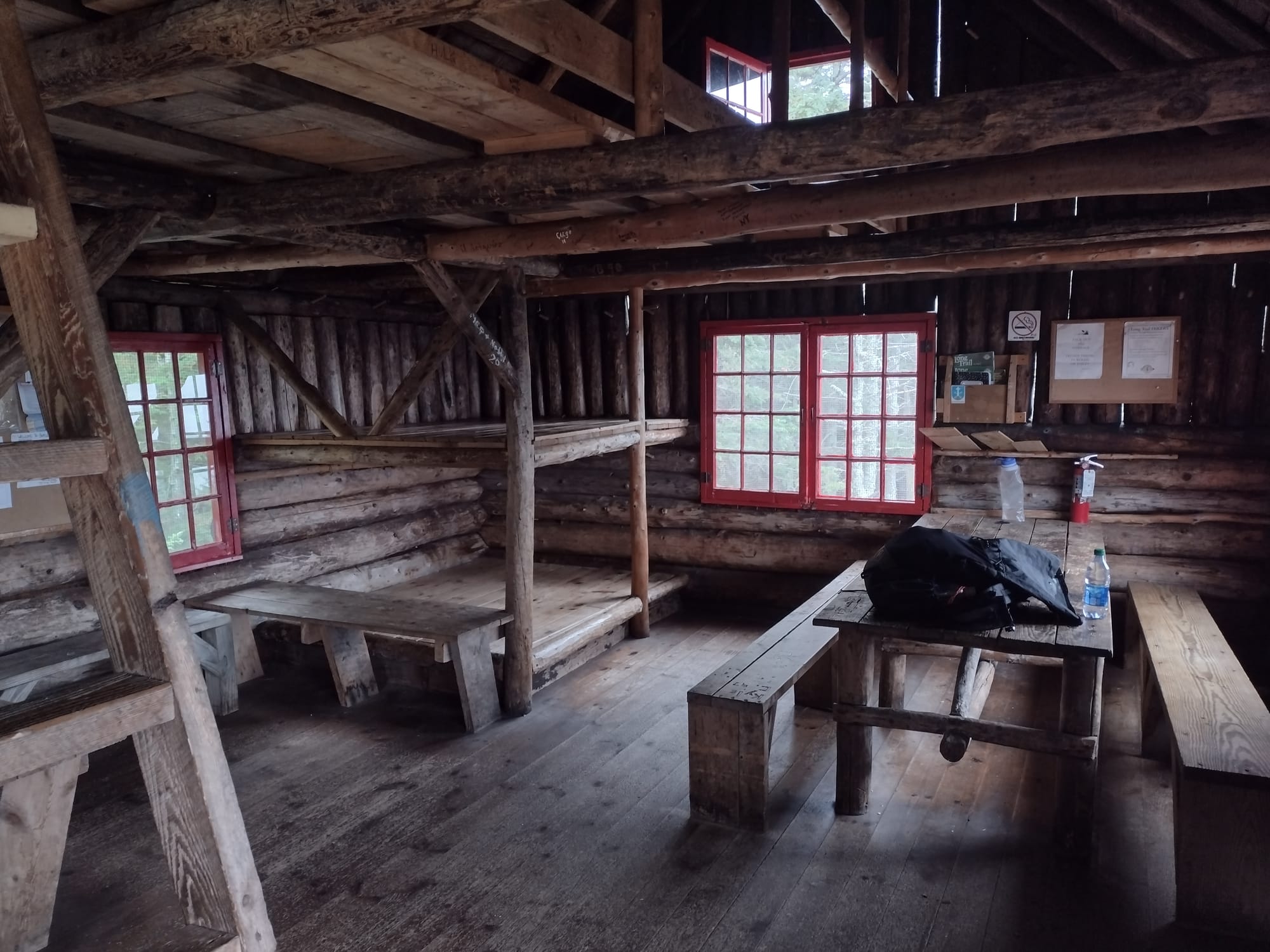
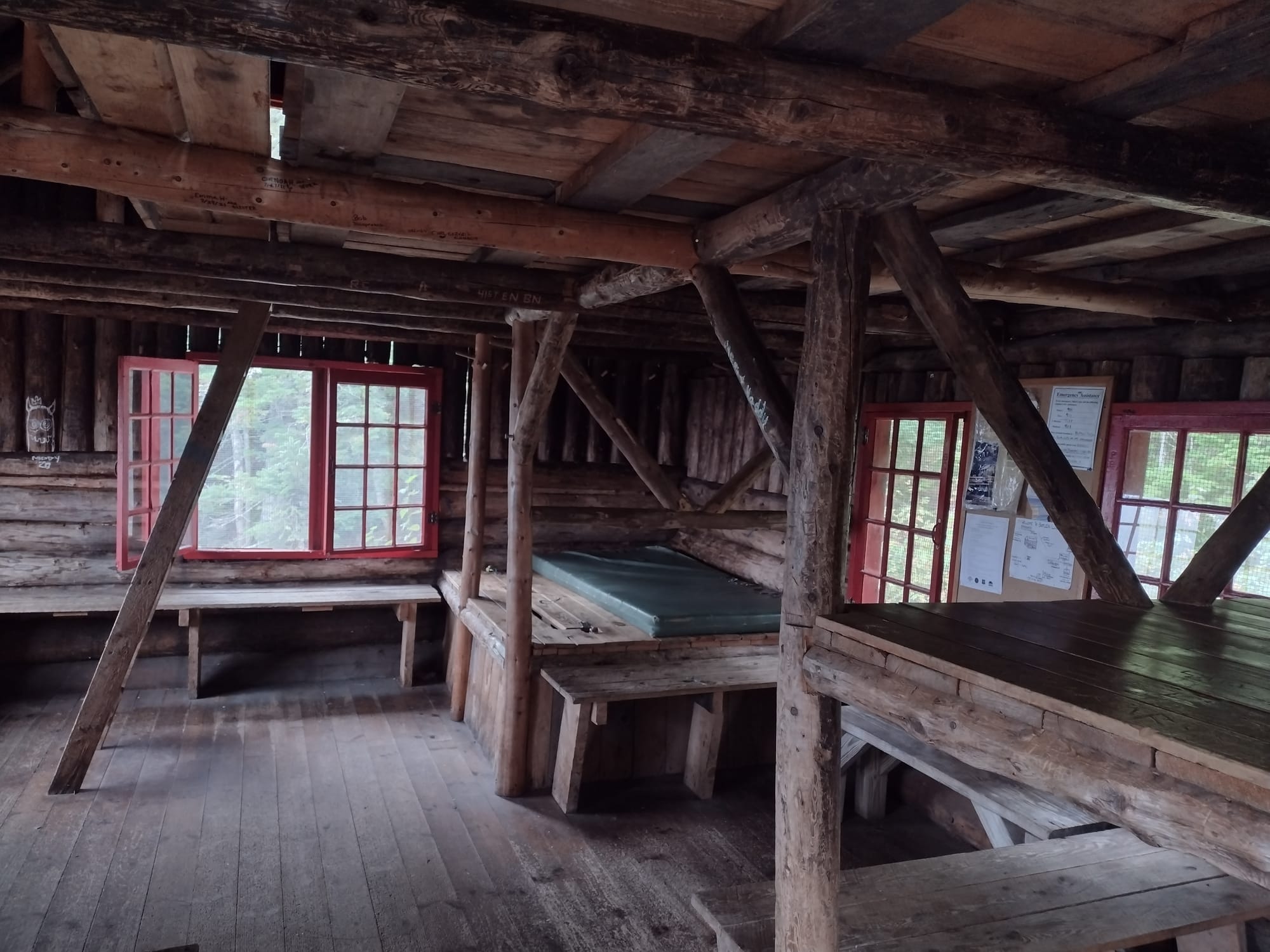
The Incident
One of the common practices in cabins in the 1980s (that I assume continues) is the use of candles for lighting. The cabin had a big one in the form of a sardine can - a low, flat basin with a couple wicks in it. I recall several of us did a "good deed" by scraping the blobs of stray wax off of the tables and depositing them into the sardine can. We added additional wicks we made out of sisal rope scraps from around the cabin. It generated quite a bit of light, and by the end of the evening, it was more of an oil lantern than candle: the sardine can was a pool of liquid wax.
At the end of the night, when it was time to go to bed, how do you suppose I put that candle out? I tried blowing it out, but of course, that didn't work. What do you suppose I tried next? Smothering it would be the obvious/correct answer, but did I do that? I wouldn't be writing this story if I did..........
I tried pouring water into the candle. Almost instantly the water boiled over, splashing a mixture of water and melted wax everywhere. The candle's heat also flash-vaporized the water, causing the rising steam to be a mixture of water and wax. Did I mention that this rising vapor/wax mixture immediately ignited? Oh, and to make it extra spicy/exciting, I should mention where the candle was before my dumbass poured the water in it......
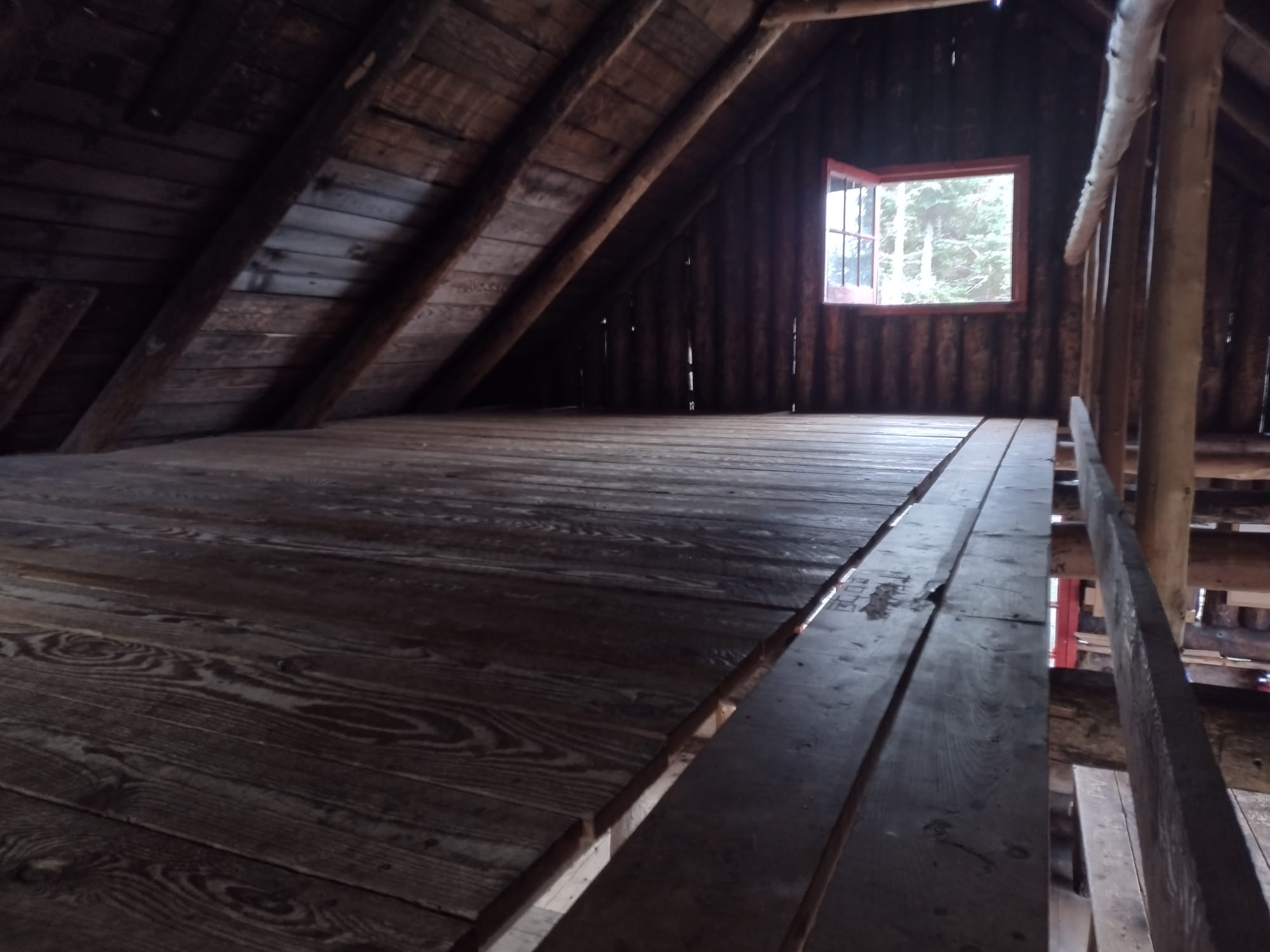
Simultaneously the sardine can shot 6-foot-high flames that licked the rafters while also dropping streams of burning wax through the cracks between the boards onto those below. Chaos. I jumped off of the loft, while my compadres (above and below) scattered. Thankfully we were able to quickly suffocate the flames, and no permanent damage was done. But yeah. I almost burned Butler Lodge down.
My Dad's Memories
Porcupines have long been a nuisance on the LT. Besides human food, they are attracted to the salt in sweat. The tend to arrive in the dead of night, waking shelter occupants, to gnaw on exposed wood surfaces where people have sat, lain, or worked. So much so that I remember carving and carrying a stick just for the purpose of shooing/swatting them away - my famed "pokie betah." I remember almost using it while staying at David Logan Shelter, or what was left of it. The porkies had done such a number on that shelter that the bunks, table, and even the floor were structurally questionable.
Back before Leave No Trace was a thing, in the 1960s, the camps and shelters had dumps at them where hikers disposed of their waste/trash. Canned goods was quite common trail food on those days. The dump at Butler Lodge was down the hill from the front porch.
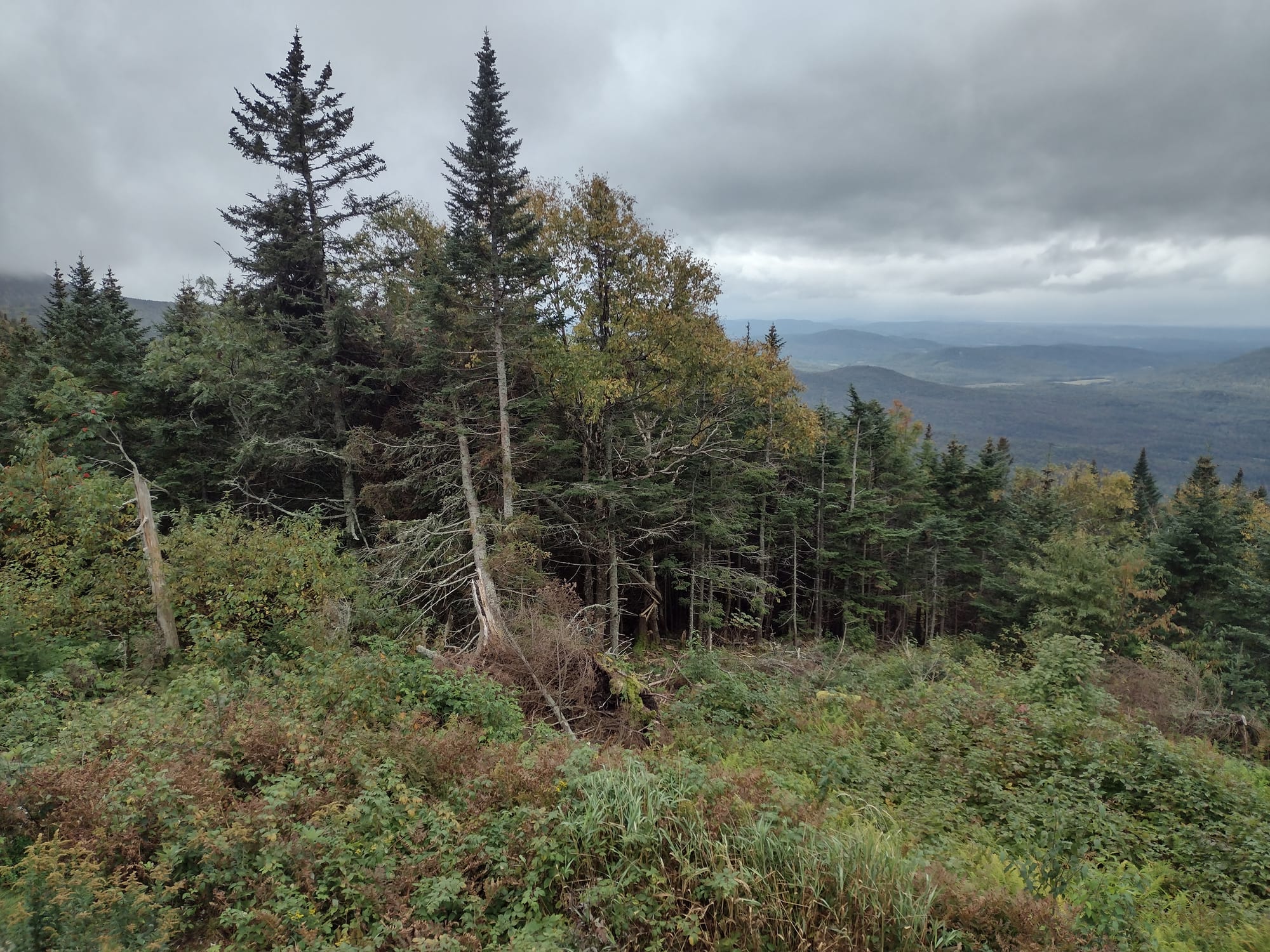
My dad tells stories of when he was a youth staying at Butler Lodge. One weekend he used an axe to "play golf" with porkies in the middle of the night who were chewing on metal cans in the dump. He also tells stories of how he used to hike with a .22 caliber revolver specifically for disposing of pesky porcupines. It was a different age.
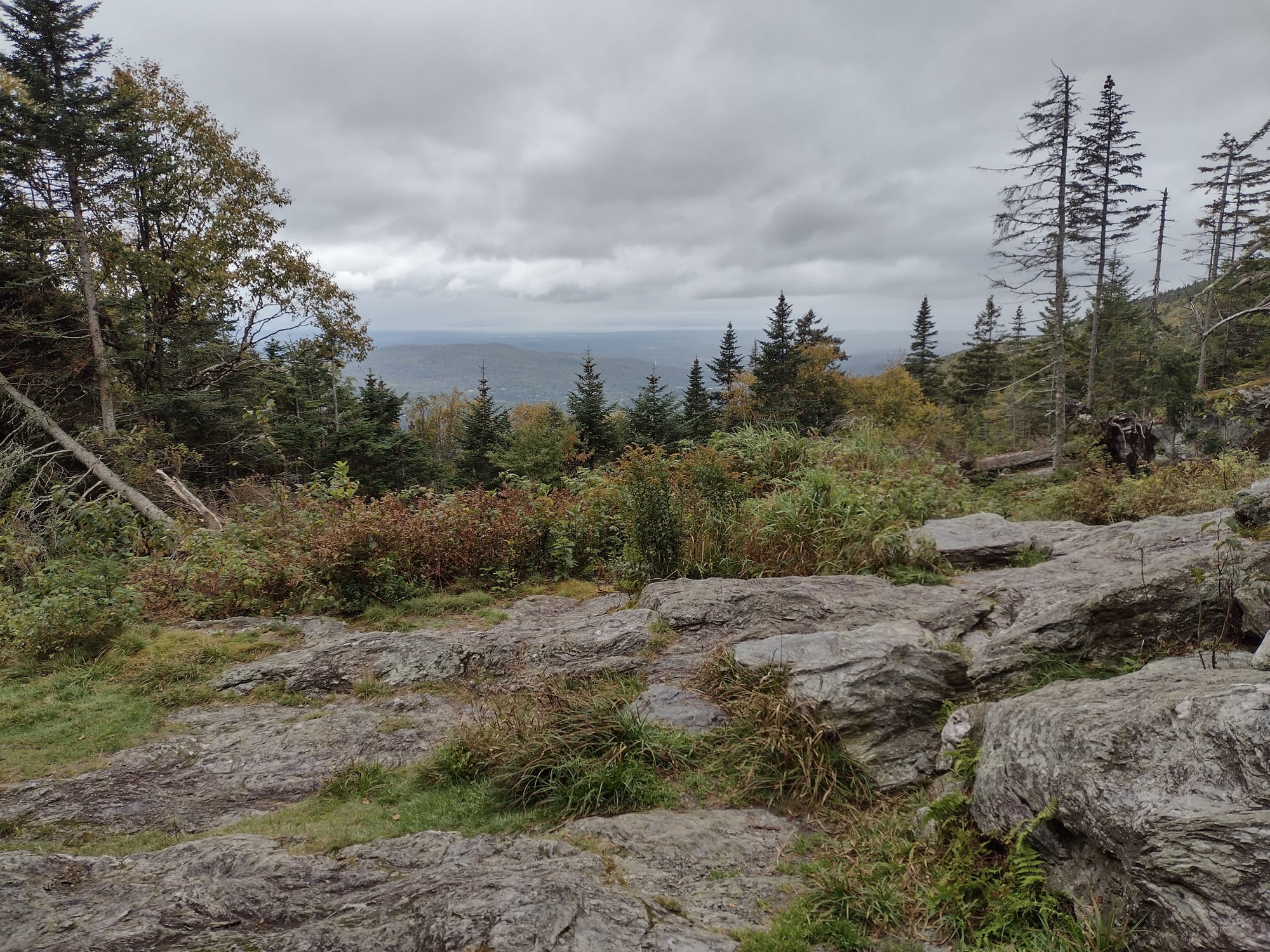
I will return
I'm older now, and live far away in a state not known for its beauty. The above pictures were taken on a day hike 4 years ago when I visited. Though there are several trails on my hiking bucket list before my body can no longer do this - including (hopefully) a thru hike of the AT - I won't lie. Retracing my steps, completing a 3rd end-to-end of the LT, will likely be the "coming home" trip, when I can do no other. That trip will not break speed records. Simply walking will likely be an accomplishment. But I will visit these places again.
Hike on my friends
